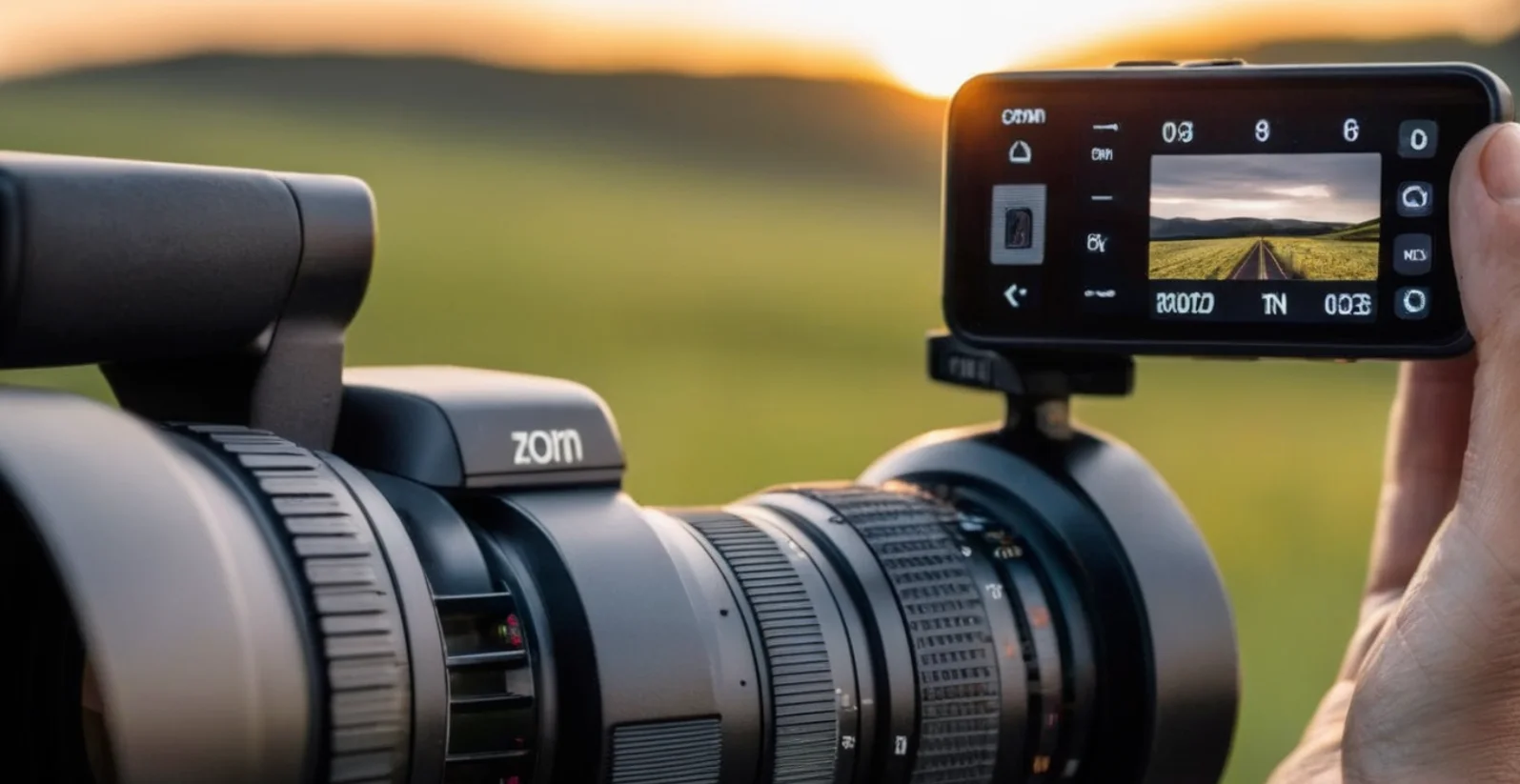Selecting the right mix of optical and digital zoom technologies is crucial for hotel security systems. Flawless image clarity enables capturing faces, license plates and other critical details. Optical zoom gives unmatched fidelity when magnifying within lens limits. Meanwhile, digital zoom supplements reach while compromising quality.
Smartly integrating both permits flexible hotel monitoring.
Optical zoom remains the gold standard for hotel surveillance needing pristine footage. Adjusting internal lens elements optically prevents pixelation or artifacts when magnifying. This allows identifying guests, vehicles and objects when inspecting recordings. However, optical hardware requires space and costs more per zoom ratio.
Here digital zoom fills gaps, using software to crop and enlarge images past optical limits. But this risks a pronounced decline in sharpness and detail due to upscaled pixels. Digital zoom only appears sharp because it’s enlarging a zoomed live view. Recordings lose fidelity quickly once digitally zoomed.
Understanding these core strengths maximizes hybrid camera capabilities. Optical zoom ensures flawless clarity for monitoring lobbies, venues and other wide public areas. But digitally extending zoom helps track subjects down hallways or streets once optical range maxes out. Ideal hybrid usage minimizes digital zoom, engaging it sparingly past optical scope.
This balanced approach gives flexibility. Lobby cameras can sharpen on arguing guests or suspicious packages left behind using optical zoom alone. Parking surveillance can digitally zoom on plate numbers if a vehicle is beyond optical range. But events like intruders breaching secure areas demand full optical fidelity to capture critical identifying details.
While optical zoom remains preferable, budget limitations factor too. PTZ cameras with 20x optical zoom or greater requiring rapid repositioning suit large hotels but demand premium pricing. Smaller properties may only budget fixed cameras with more limited 5-10x optical zoom. This makes some digital zoom reliance inevitable, especially surveilling distant periphery areas.
Hotels evaluating systems should scrutinize zoom quality when demoing cameras. Study magnified live footage and recordings for artifacts. Inadequate optical zoom risks fuzzy plates and faces unless lighting is optimal. Confirm enough optical zoom to clearly capture building entry and exits. Assess digital zoom only for supplemental reach, not primary coverage.
Understandably, properties want the flexibility of being able to surveil any space. But beware over relying on digital zoom’s false sense of proximity. At the maximum optical setting, incrementally engage digital zoom to gauge clarity loss. Reference faces or text at a distance to evaluate pixelation unacceptable for identification. With realistic expectations, hotels can smartly balance optical and digital techniques.
In summary, quality hotel surveillance requires the stability of ample optical zoom for monitoring public areas, entry points and secured zones. Complementing with cautious digital zoom use where needed saves costs while maintaining effective coverage. Always favor optical zoom range for mission-critical visibility. But thoughtfully mixing both types brings versatility according to property size and budget. Evaluate judiciously when designing hotel camera systems.

